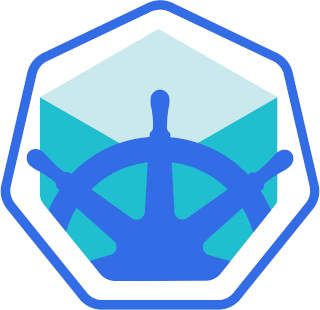-
How to create Composite Resources with Crossplane
5 min read

With Crossplane we define Composite resources as the combination of other resources. Let's take a look on how to do this we are going to take some terraform code, tranform it into Crossplane objects and the create a Composition based on them
16/03/2022
Read more... -
How to mount a host directory on minikube
2 min read

To be able to test Kubernetes applications, minikube is a great tool: You can create an ephemeral Kubernetes cluster to test whatever is needed and delete it as easily as it was created. Futhermore, since it can use your computer's resources you won't get billed as you would if you'd choose to use a cloud provider.
Another advantage is that we can make available local directories to the cluster using minikube mount
14/03/2022
Read more... -
Kubernetes running out of Pods
2 min read

If you try to run too many pods on a handful of nodes you might eventually run out of available Pods. Using kubectl get pods you'll see them marked with the status OutOfpods:
$ kubectl get pods (...) test deploy-test-84b4fdcbbd-59hvf 0/1 ContainerCreating 0 44s test deploy-test-84b4fdcbbd-7dvs9 0/1 OutOfpods 0 62s test deploy-test-84b4fdcbbd-btrwz 0/1 OutOfpods 0 4m16s test deploy-test-84b4fdcbbd-gpkkg 0/1 OutOfpods 0 91s test deploy-test-84b4fdcbbd-hbbdv 0/1 OutOfpods 0 67s test deploy-test-84b4fdcbbd-j75x4 0/1 OutOfpods 0 68s test deploy-test-84b4fdcbbd-s4qzz 0/1 OutOfpods 0 64s (...)11/03/2022
Read more... -
How to use terraform's coalesce() function
2 min read

Terraform's coalesce() function can com handy when we have optional arguments coming from several sources and we want to pick one using some preference.
10/03/2022
Read more... -
Troubleshooting a Pod by changing it's command
3 min read

When a container in a Pod is crashing sometimes it's logs are not enough to fully understand what's going on. One way to approach this situation the command it runs to something that won't make Kubernetes restart the container: For example a sleep command
08/03/2022
Read more...